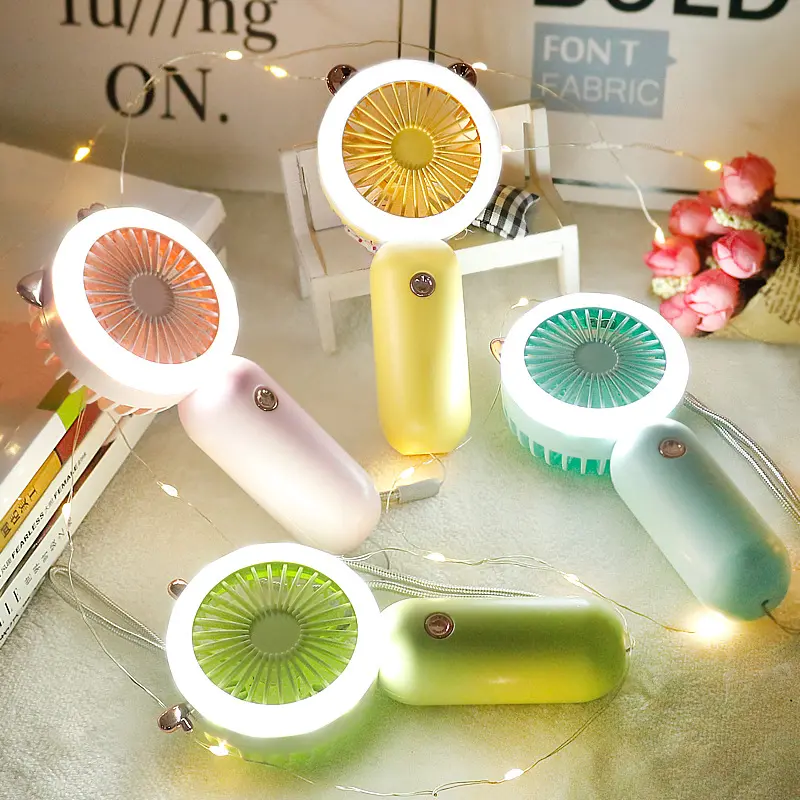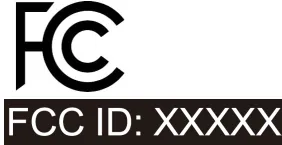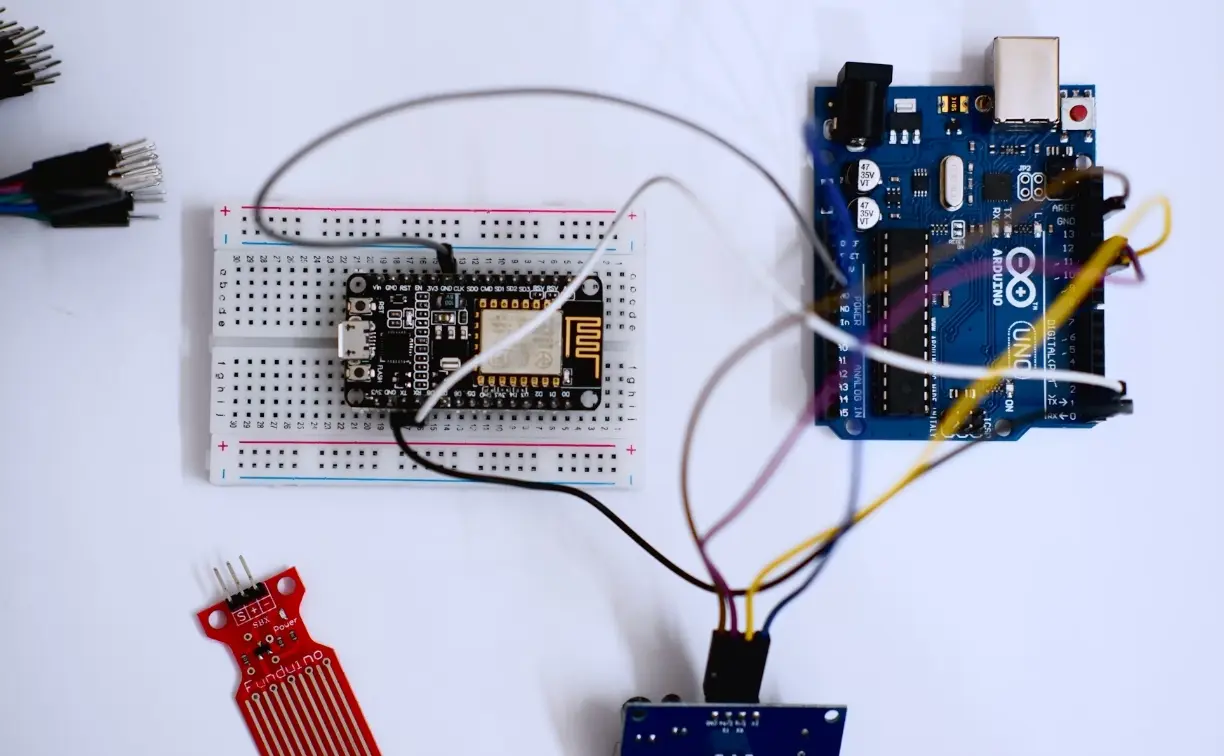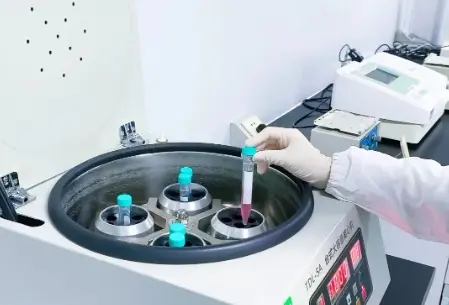
FDA Designated Cytotoxicity Testing Laboratory
The FDA requires that all 510(k) submissions, unless exempt, must be submitted electronically using eSTAR through the CDRH Portal for CDRH or the Electronic Submission Gateway (ESG) for CBER. The submission must comply with the requirements outlined in the eSTAR template. Biocompatibility testing should follow FDA-recommended methods, and any deviations must be justified. The key points for cytotoxicity testing and review are as follows:
1. Type of Cytotoxicity Testing
The Extraction Method (MEM Elution) is recommended for cytotoxicity testing. If an alternative method is used, a rationale must be provided.
2. Extraction Volume
The volume of the extraction medium should be determined based on the surface area to establish the appropriate extraction ratio.
3. Extraction Medium
A culture medium containing 5–10% serum is recommended.
4. Cytotoxicity Evaluation Method
A qualitative method is recommended, following the ISO 10993-5, Section 8.5.1 morphological qualitative grading for extract cytotoxicity evaluation.
5. Extraction Conditions
- If the device's intended use duration is less than or equal to the extraction time, 37°C for 24 hours is acceptable.
- Otherwise, an extraction time of 72 hours is recommended.
- Higher extraction temperatures can degrade serum and other nutrients in the cell culture medium.
6. Condition of the Extract
Before and after extraction, the extract should remain colorless, clear, and free of particles.
7. Storage of the Extract
According to ISO 10993-12, Section 10.3.7, "Whenever possible, liquid extracts should be used immediately after preparation to prevent adsorption onto the extraction container or other component changes." If storage exceeds 24 hours, stability and homogeneity under storage conditions must be verified.
8. Cytotoxicity Evaluation Time
- The FDA requires cytotoxicity evaluation after 48 hours of incubation at 37°C.
- ISO 10993-5, Section 8.2.9, mandates a minimum incubation period of 24 hours.
9. Control Requirements
Testing must include positive, negative, and blank controls.
10. Handling of Extracts
- Extracts must not be centrifuged, filtered, or otherwise processed before testing.
- pH adjustments can affect test results.
- Dilution may lead to false-negative results.
- Filtration can remove toxic chemicals from the extract.
eSTAR Template:
https://www.fda.gov/medical-devices/how-study-and-market-your-device/estar-program
Advantages of JJR Laboratory in China
1. Internationally Recognized Test Reports – Certified by TUV, SGS, FDA, and other international organizations, ensuring strong credibility.
2. Comprehensive Testing Services – Covering medical device electrical safety, performance testing, and biocompatibility.
3. Extensive Experience & Certifications – Accredited by CNAS, CMA, A2LA, and compliant with FDA GLP standards.
Email:hello@jjrlab.com
Write your message here and send it to us
 FCC Certification Fees for Handheld Fans
FCC Certification Fees for Handheld Fans
 FCC Certification Testing for Smart Lighting Produ
FCC Certification Testing for Smart Lighting Produ
 What is the ETSI EN 303 645 Testing Standard?
What is the ETSI EN 303 645 Testing Standard?
 UL Compliance and ETL Certification for LED Lighti
UL Compliance and ETL Certification for LED Lighti
 What is the IEC 60598 Standard?
What is the IEC 60598 Standard?
 What is the Canada IC Logo?
What is the Canada IC Logo?
 EMC Pre Compliance Testing
EMC Pre Compliance Testing
 PAHs Testing (Food and Textile)
PAHs Testing (Food and Textile)
Leave us a message
24-hour online customer service at any time to respond, so that you worry!




